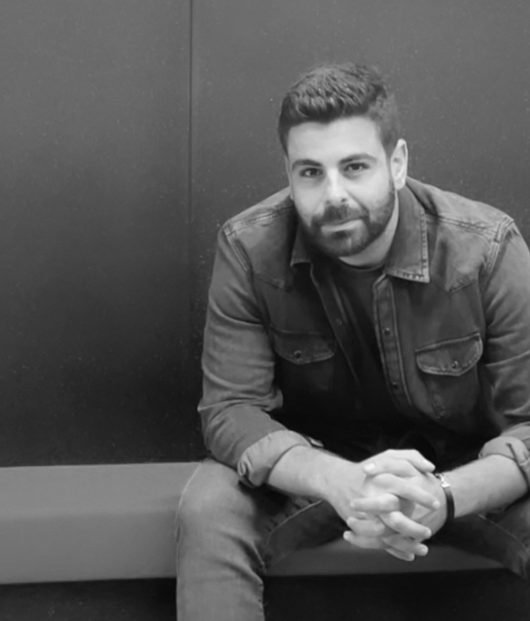The Art Of Marketing Strategy
By Tom Hutchison, Industry Strategist at Acxiom
Art is the highest form of creativity. Writing a great story, carving figures from solid blocks of stone and applying paint to canvas or panels to create the likeness of a person or thing or merely to fashion pleasing designs elevates the human spirit to greater heights. Yet, art is also found in more practical and surprising areas too, such as the illustration of a marketing strategy.

I know what you’re thinking… The industry wants us to believe that strategy is delivered by science, not art. Data, algorithms, predictive models, machine learning and artificial intelligence are all components that drive a modern marketing strategy. Rightly so. These capabilities help you deliver personal, relevant and timely messages to the people you want to reach. These details are the science of your strategy, but the gestalt of all of those components working together is beautiful. The ways you design your strategy is where the artistry comes in.
You make the choices about what kind of strategy you want to deploy. The combination of data and technology and analytics create a picture of your approach. The way it unfolds and evolves is an artistic expression that suggests comparisons to other great artists. For example, your strategy might reflect the works of Jackson Pollack or Piet Mondrian. Notable 20th century artists, they’re best known for geometric abstracts.
Pollack’s compositions feature complex swirls and spatters of paint. His drip-style paintings look chaotic, with the potential for underlying structure you might detect if you look hard enough. They seem organic, growing out of the moment to manifest something unique.

Conversely, Mondrian’s best-known paintings are structured with crisp lines and bright colors. His was a vision of simplicity and control. Regular geometric forms, placed on a white background gave a sense of order, while maintaining energy and optimism.

When you design your marketing strategy, you may choose to style it after Pollack or Mondrian.
Perhaps you want a strategy reminiscent of Pollack, focusing on each unique, organic moment in time when people interact with your brand. You select tactics enabled by programmatic advertising, retargeting in digital channels and personalization of your owned media. In every channel, you’re ready to respond to people when they engage your brand. This kind of strategy is very fluid and eschews rigid structure instead relying on responsive tactics to make the most out of each unique instance.
Maybe, like Mondrian, you want more structure, choosing to arrange and schedule sequenced, direct communications. You use direct mail, e-mail and other channels where messages reach specific individuals. Your messages lead them along a journey of your design, anticipating their next step and meeting them there rather than reacting to each and every impulse that person might have. This kind of strategy is orderly and controlled because you’re guiding each customer interaction.
The reality is, you probably won’t choose a motif that fits either extreme. Neither did Pollack and Mondrian. They painted in many different styles over their course of their lives. Your job as an artist is to take the best of each – the freewheeling interactive engagements and the systematic direct communications – to paint the picture of a marketing strategy that’s unique, original and capable of creating enormous value for you and your brand.





